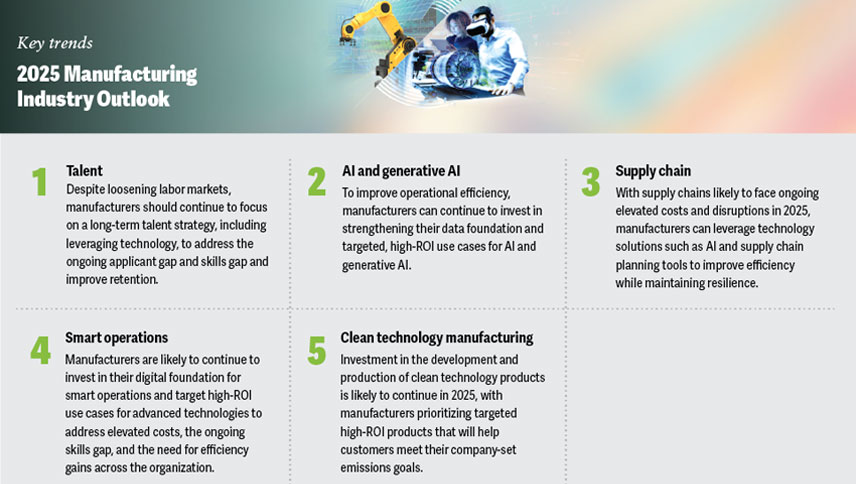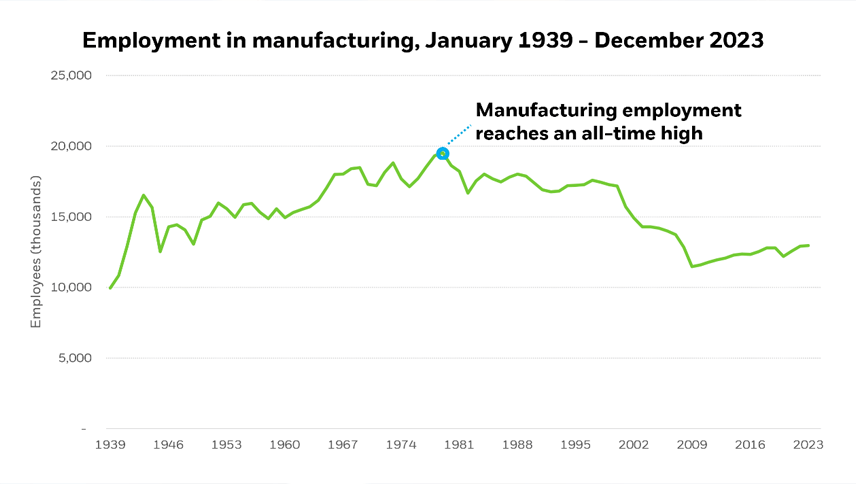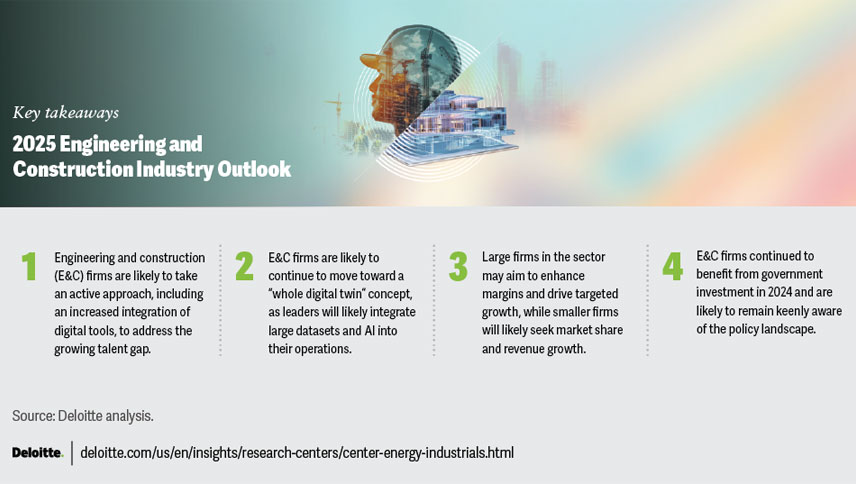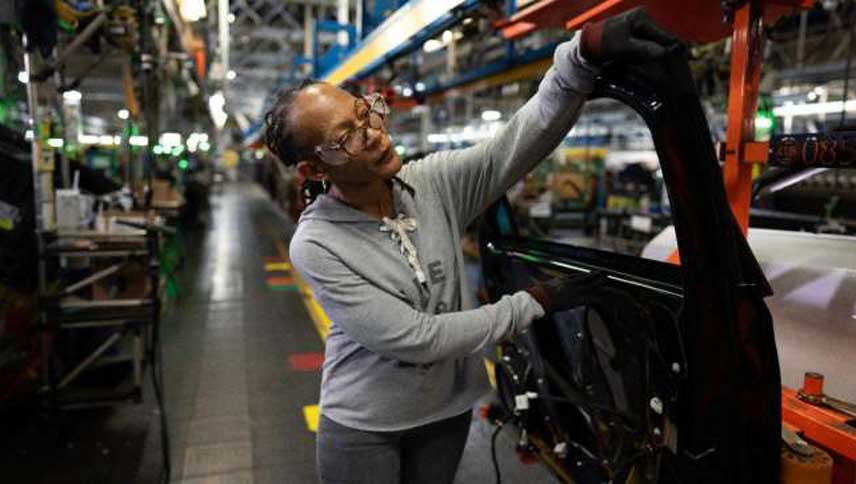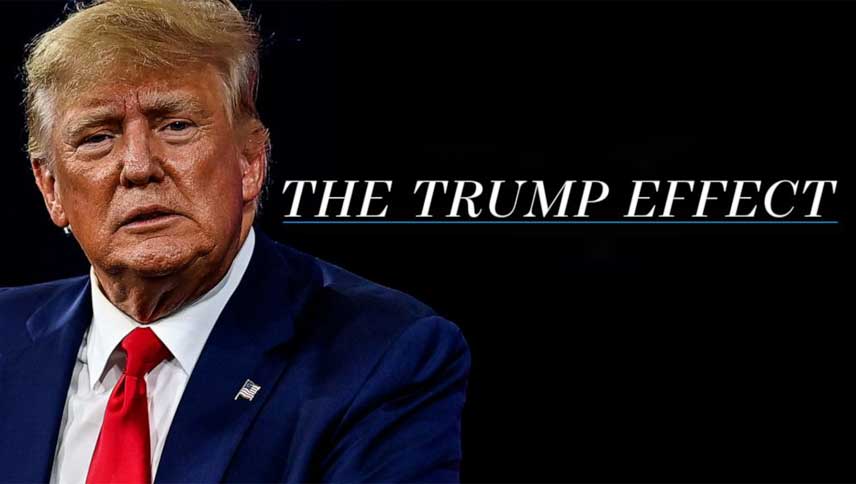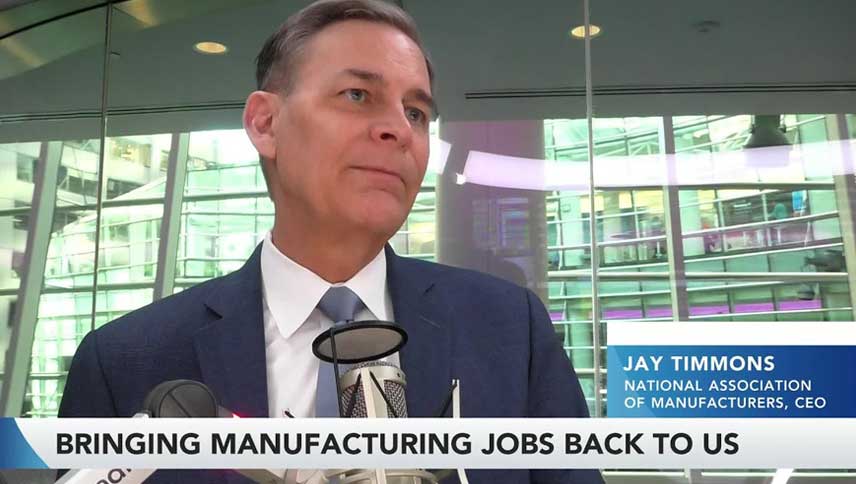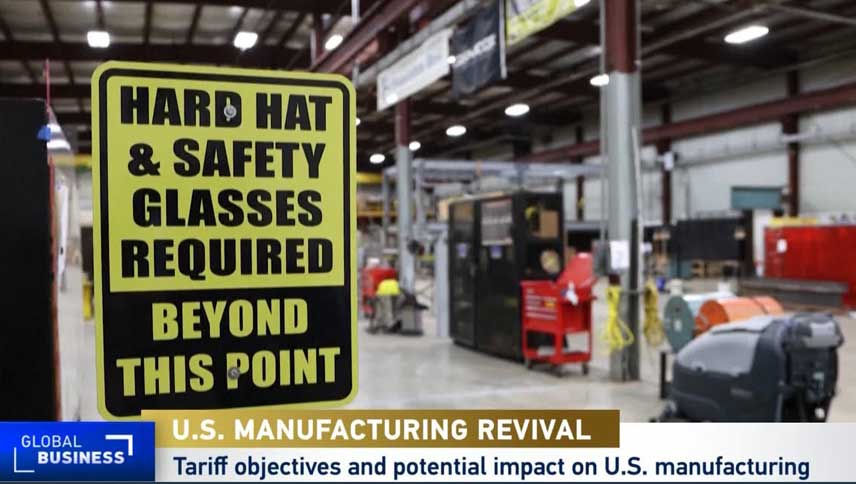
American Manufacturing is Alive and Well
The National Interest
By Jerry Haar
June 10, 2025
Sustaining the success of the US manufacturing sector requires a commitment to policies that support innovation and a more productive workforce.
In 1897, when an article in The New York Herald announced his demise, American author and humorist Mark Twain memorably quipped, “The report of my death was an exaggeration.” The same may be said about US manufacturing. The fact is that the industrial sector is alive and well and more capital and knowledge-intensive (rather than labor-intensive) than ever before.
If manufacturing were in a downward spiral, why would Nippon Steel want to acquire US Steel, and why would companies like Amkor Technology, General Motors, General Electric, and VinFast be expanding their operations? Nevertheless, the latest survey from the National Association of Manufacturers reveals deep frustration with the policy uncertainty in Washington and a belief that Congress should preserve pro-growth tax policies in response to trade volatility.
Examining U.S. manufacturing competitiveness today, one finds that the United States maintains a formidable position in global manufacturing despite facing intensifying international competition. The American manufacturing industry is the fourth-largest employer in the United States, accounting for 53 percent of research and development (R&D) spending and 17.1 percent of U.S. gross domestic product (GDP). The technology sector, encompassing semiconductors, computer electronics, aerospace, medical devices, and defense-related industries, represents a major driver of manufacturing competitiveness.
So, why do so many claim that American manufacturing is in decline? The narrative of decline and fall is primarily rooted in employment statistics rather than output performance, revealing a fundamental misunderstanding of the sector’s transformation. The fact is that manufacturing output has continued growing alongside the broader economy.
What about the claim that trade agreements harm US manufacturing with cheap imports? Trade agreements, such as NAFTA, have been the traditional scapegoat for employment decline in the manufacturing sector; however, empirical evidence suggests that labor-saving technology is the principal culprit. Two other points to keep in mind: (1) for both US and foreign manufacturers, the vast majority of intermediate inputs come from US suppliers; (2) the cost of industrial robots—the future of production—is higher in Mexico than in the United States.
Positioned for a manufacturing resurgence, the United States possesses substantial technological assets that provide a foundational advantage for a manufacturing resurgence. The country ranks fourth globally in patent applications per million people, demonstrating strong innovation capabilities that translate into manufacturing advantages. The United States is experiencing a manufacturing resurgence. Advanced manufacturing, sensors, predictive maintenance, the Internet of Things (IoT), and 3D printing are game-changers for the sector.
It is laudable that both parties are committed to improving manufacturing competitiveness through targeted investments and regulatory reforms. The Made in America Manufacturing Initiative announced by the Small Business Administration aims to restore American economic dominance and national security by empowering small manufacturers.
Since 99 percent of American manufacturers are small businesses, this initiative targets a critical segment of the manufacturing ecosystem. The program includes cutting $100 billion in regulation through the Office of Advocacy, launching a Red Tape Hotline for manufacturers to submit regulatory feedback, and establishing a new Office of Manufacturing and Trade to provide dedicated resources. The combination of federal incentives, state-level support programs, and private-sector investment creates a supportive ecosystem for manufacturing expansion.
Hopefully, future government actions will focus on addressing specific competitiveness challenges while building upon existing strengths. Workforce development represents a critical area requiring sustained attention, as nearly 60 percent of manufacturers cite the inability to attract and retain employees as their top challenge despite loosening labor markets. Counterproductive measures, such as those embodied in current US visa policies, including H1-B limits, will undermine America’s competitiveness vis-à-vis both adversaries and friends.
The state of US industrial competitiveness today presents a complex landscape characterized by both significant challenges and substantial opportunities for renewed leadership. Success in this endeavor will require a sustained commitment to policies that support innovation, a productive workforce, and business environment enhancement—all heavily emphasizing technological capability and productivity.
As the Council on Competitiveness notes in a recent report, we are living in a new age of disruption and discontinuity. The implications for the manufacturing sector and America’s competitiveness in general are huge. Speaking last month at the Reagan National Economic Forum in Simi Valley, California, JP Morgan Chase CEO Jamie Dimon asked: “Can we get our own act together—our own values, our own capability, our own management?.” That is the trillion-dollar question.
Source: https://nationalinterest.org/feature/american-manufacturing-is-alive-and-well


